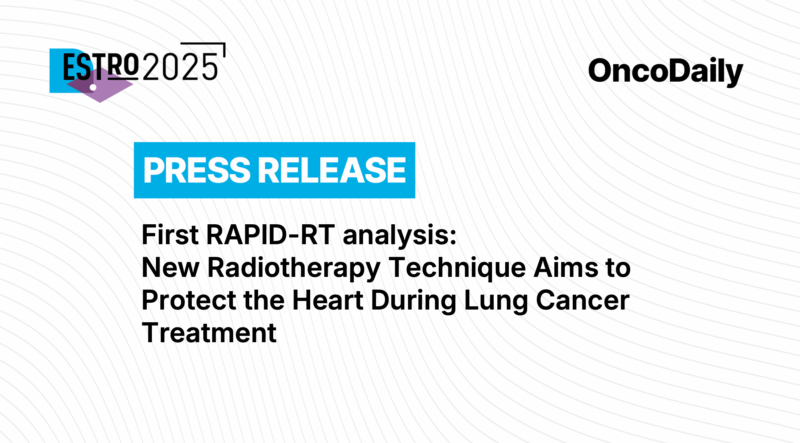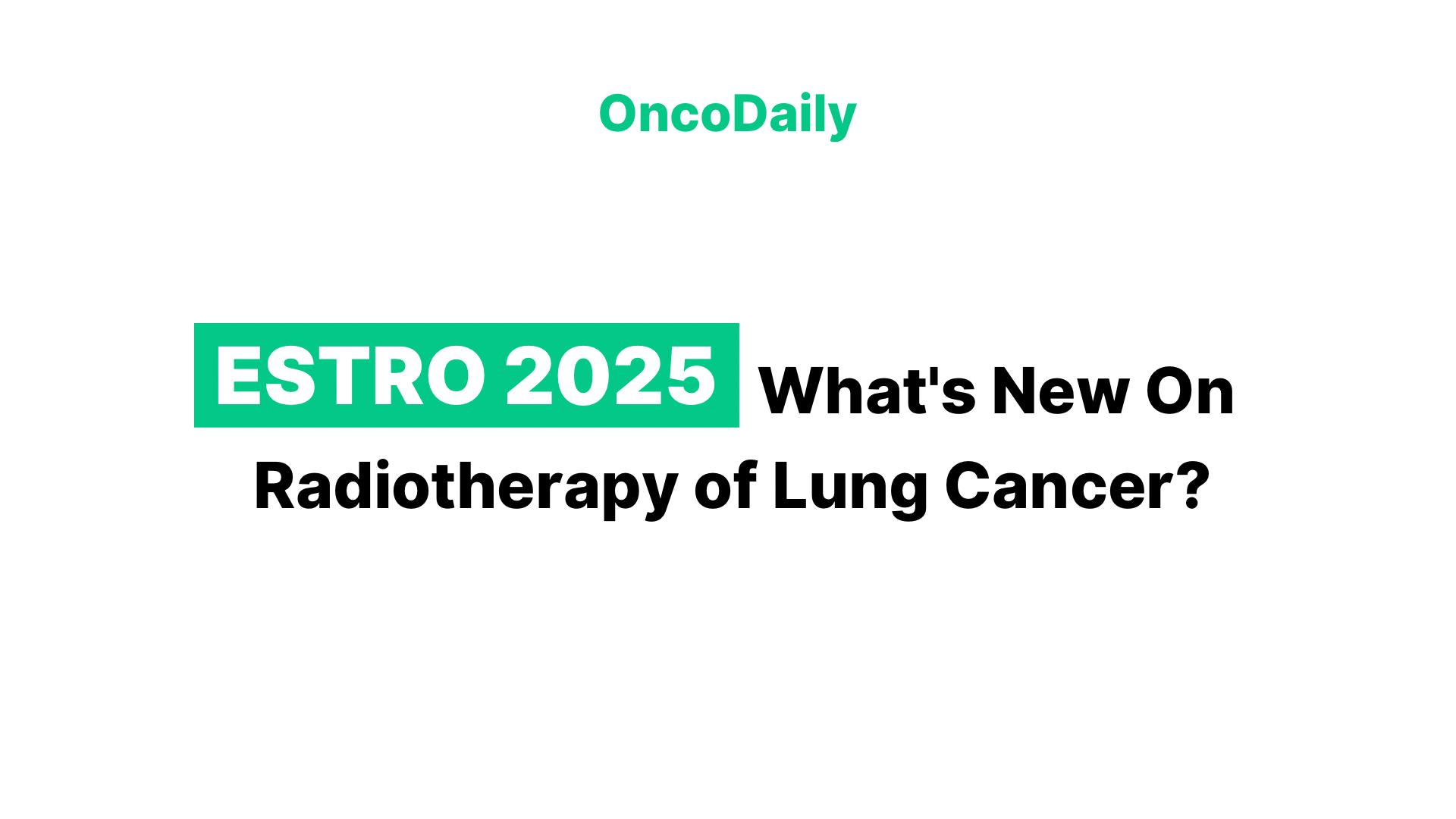ESTRO 2025. Looking back on it now, it feels like it just happened. As the European Society for Therapeutic Radiology and Oncology’s annual congress, it was, as expected, a significant event for the radiation oncology community. The congress took place from May 2nd to May 6th, 2025, and the city that had the honor of hosting it was Vienna, Austria, at the Messe Wien Exhibition & Congress Center.
The central theme that guided the scientific program and discussions was “Transformative Innovation Through Partnership.” This really set the tone for the event, emphasizing how collaboration across disciplines and with industry was seen as key to pushing the boundaries of radiation oncology and improving cancer care.
Advancements on Radiotherapy of Lung Cancer at ESTRO 2025
A significant portion of the scientific discourse, as anticipated, focused on advancements in the treatment of lung cancer with radiotherapy. Given that lung cancer remains a major global health challenge, sessions dedicated to this disease were highly attended and featured important new findings.
Discussions and presentations at the congress explored a broad spectrum of topics in lung cancer radiotherapy. Updates were provided on optimizing techniques like Stereotactic Body Radiotherapy (SBRT) for early-stage disease, with new research on dose distributions and treatment planning strategies. There was also significant attention given to radiotherapy’s role in locally advanced non-small cell lung cancer (NSCLC), especially its combination and optimal integration with immunotherapy.
Presented by Cho et al. at ESTRO 2025, the SMARTER trial explored a less invasive, lung-sparing approach for pleural mesothelioma, building on the SMART trial. This phase I study combined neoadjuvant hemithoracic radiation dose escalation with a boost, followed by surgery (EPD or EPP). The trial was feasible, but showed poorer disease-free survival (8.1 months) compared to SMART (median OS 27.2 months). Severe pulmonary issues occurred in some previously treated patients. Researchers hypothesize immune-mediated factors for the reduced DFS and are now testing immunotherapy in the follow-up SMARTEST trial.
Presented by Dejonckheere et al. at ESTRO 2025, an unplanned secondary analysis of the PET-Plan trial evaluated mediastinal staging methods in locally advanced NSCLC patients treated with definitive chemoradiotherapy. The study, based on 172 patients, found that while the sensitivity of 18F-FDG PET/CT based on invasive histology (EBUS) was high (89.7%), its specificity was lower (67.5%). Importantly, invasive staging identified PET-negative but pathologically positive lymph node stations in 10.3% of patients, leading to significant adjustments in radiation target volumes.
However, invasive staging did not impact overall outcome (OS, PFS, FFLP) in this trial, with low rates of isolated out-of-field recurrences. The conclusion suggests that radiation planning can incorporate invasive staging alongside PET for target volume definition, although prospective randomized data are needed for confirmation.
An interim report from Arm B of the phase Ib CONCORDE platform trial , presented by Walls et al. at ESTRO 2025, evaluated the ATM inhibitor AZD1390 combined with definitive radiotherapy (60Gy/30) in locally advanced NSCLC patients unsuitable for concurrent chemotherapy. The trial utilized an adaptive Bayesian design with the primary endpoint being dose-limiting toxicities (DLTs).
In the 14 patients treated with AZD1390 plus RT, DLTs were observed in 29% (at dose level 3), with overall G3+ toxicities in 71%. Oesophagitis was frequent (64%), with prolonged duration (median 67 days) and a higher need for morphine (50%) compared to the RT-alone cohort (median duration 27 days, 28% morphine). Median PFS was similar between the groups (9.5 months for AZD1390+RT vs 8.8 months for RT-alone). Based on the observed oesophageal toxicity, Arm B was closed early. Analyses of patient-reported outcomes and other endpoints are ongoing, while other arms of the CONCORDE trial continue recruitment.
Presented by Cedoz et al. at ESTRO 2025, a retrospective multicenter study evaluated the addition of tumor stereotactic body radiotherapy (SBRT) to the standard PACIFIC regimen (normofractionated RT, chemotherapy, and durvalumab) in patients with unresectable locally advanced NSCLC. Among 209 patients, 21 received tumor SBRT.
Using propensity score matching, the study found that adding tumor SBRT was associated with significantly longer progression-free survival (median not reached vs 22.3 months; HR=0.46, p=0.047), and a trend towards longer overall survival (median not reached vs 45 months; HR=0.53, p=0.18). These benefits persisted after matching. Post-NFRT SBRT specifically showed a trend for longer PFS. Acute grade 3 toxicities were comparable between groups, with no grade 4-5 toxicities reported.
The authors concluded that LANSCLC patients eligible for tumor SBRT appear to benefit from this approach with improved PFS and a trend for improved OS. They suggest further evaluation of SBRT’s immunomodulatory effects, timing, and regimen.

Read OncoDaily’s Press Release About First RAPID-RT Analysis
Written By Aren Karapetyan, MD
